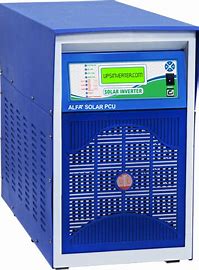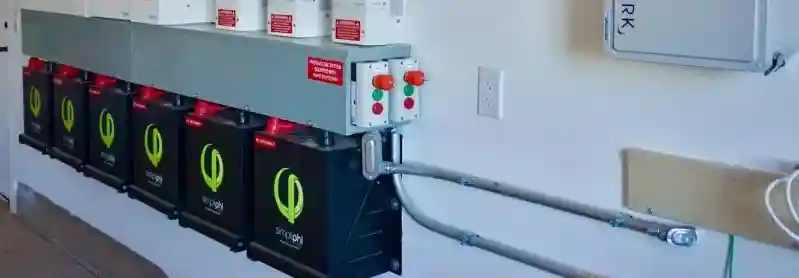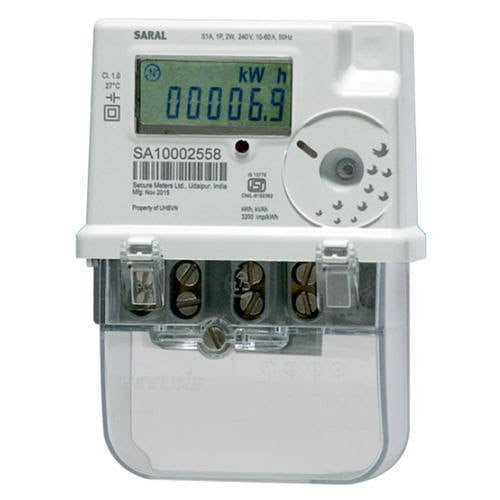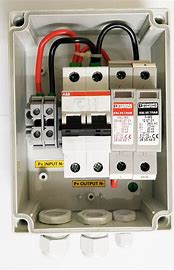It does require a team of special devices which work together to generate free and clean solar energy. Different parts together make up a solar rooftop system wherein each part has specified functions and roles.
Here are the components that makes a solar rooftop system
Photovoltaic (PV) Panels– For Solar Rooftop System

A photovoltaic panel (PV panel) refers to an electrochemical type of equipment that is used to facilitate the conversion of light into electricity. It does this by using semiconducting materials that exhibit the photovoltaic effect.
PV panels may be prone to corrosion due to their constant exposure to atmospheric elements during outdoor use in the sunlight. Corrosion of the panels can damage critical electronics and connections, thereby lowering the amount of electricity produced.
Inverter– For Solar Rooftop System

A solar Inverter is a device that converts the Direct Current (DC) electricity generated by a solar panel into Alternating Current (AC) electricity that can be used by a grid or a local network. A solar inverter is essential to any solar power system, as it makes the electricity compatible with the type of electricity used in homes and businesses. An inverter is the brain of a solar power system.
Batteries:

Solar battery technology stores the electrical energy generated when solar panels receive excess solar energy in the hours of the most remarkable solar radiation. The batteries have the function of supplying electrical energy to the system at the moment when the photovoltaic panels do not generate the necessary electricity.
Solar Charge Controller:

A charge controller controls the rate of electric current drawn by the batteries. The primary function of a charge controller is to block reverse current and prevent your batteries from getting overcharged charging. They are available in stand-alone mode or are integrated with a controlled circuitry with a battery pack or battery charger.
Electric Meter – For Solar Rooftop System

With grid-tied solar rooftop power systems, electric meter is installed which measures the energy consumed by your house and the amount of energy that is sent to the grid. It plays an important role in the net metering mechanism.
Main AC Board – For Solar Rooftop System

This is where all the electric loads in the building are connected and protected with circuit breakers. Once the output from the PV system has been converted to AC power, it can be connected to the main panel to provide energy along with the electric utility.
Safety Equipment – For Solar Rooftop System
Solar panel parts and components are connected by cables on DC and AC side. It is also important to install safety equipment since PV systems are designed for long life use. Electrical surges or short circuit can damage the equipment. Proper earthing, surge protectors, lightning arrestors, etc. are required.
It’s important to emphasize on quality and safety for durable performance.
The components of every solar power system are similar all across the world. Based on the region of your residence, the type of these components used may vary.
For Inquiry – contact us
Follow us on Instagram
Frequently Asked Questions
What are the basic components of a solar rooftop system?
What is the purpose of solar panels in a rooftop system?
What role do mounting structures play in a solar rooftop system?
Why are inverters important in a solar rooftop system?
Are batteries necessary for a solar rooftop system?
What is the purpose of a metering system in a solar rooftop system?
Do I need any additional equipment for a solar rooftop system?
Can a solar rooftop system power my entire house?
How long do solar rooftop systems typically last?
Can I install a solar rooftop system myself?
Our details
Vihaan Solar Energy Pvt Ltd.
HIG – 14, Maruti Villa
Patia, Bhubaneswar.
Odisha – 751024
Telephone: + 91 85988000 88/77/66/55
Email: info@vihaansolar.com

